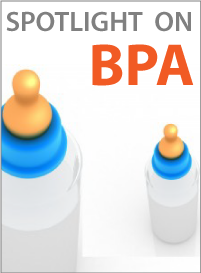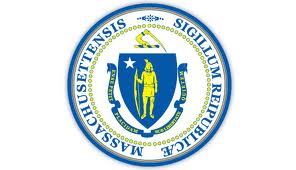



...Hidden chemicals, called obesogens, are the building blocks of everyday household items. Researchers say they're wreaking havoc on our bodies by disrupting our hormonal systems, which affect fat cells and gene function."Certain cells that would normally differentiate into cells that would develop into, say, muscle tissue, or connective tissue, would change and develop into fat tissue or fat cells," said Dr. Theresa Piotrowski, medical director of Lahey Clinic's Medical and Surgical Weight Loss Center.
Obesogens include now infamous bisphenol-A, or BPA, phthalates, which are synthetic chemicals found in plastics, and Perfluorooctanoic acid, or PFOA, which is found in non-stick and stain resistant products. Obesogens are also found in plastic shower curtains, canned goods, and cosmetics."Endocrine disruptors are seen a lot in PVC plastics, a lot of kids toys, some household goods, building products, even pet toys," said Mia Davis, organizing director at Clean Water Action.
Studies have shown that 93 percent of Americans have detectable levels of BPA in their bodies and that 75 percent have detectable levels of phthalates in their urine."It can take very, very low doses, the relevant doses that we're all exposed to, to cause a reaction," said Davis...
Read more at thebostonchannel.com
 Thursday, April 14, 2011 at 11:12AM
Thursday, April 14, 2011 at 11:12AM  Apps,
Apps,  Chemicals,
Chemicals,  EWG,
EWG,  Fruit,
Fruit,  Guide,
Guide,  Organic,
Organic,  Pesticides,
Pesticides,  Vegatables
Vegatables  Food
Food 







